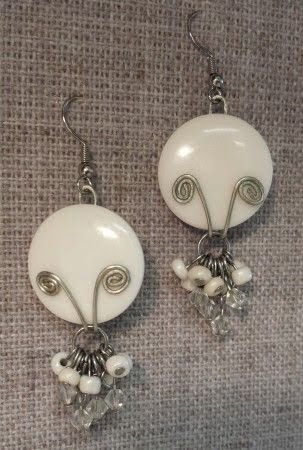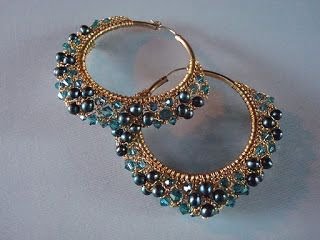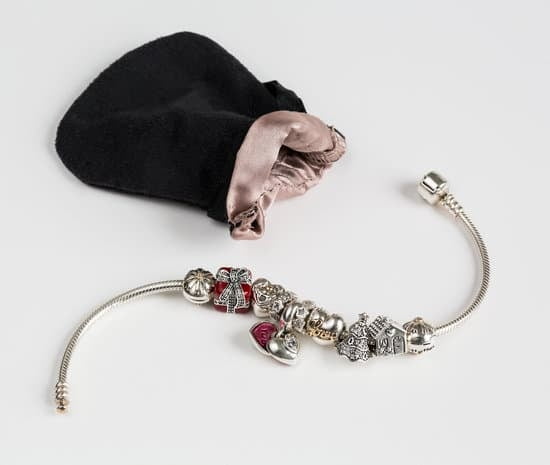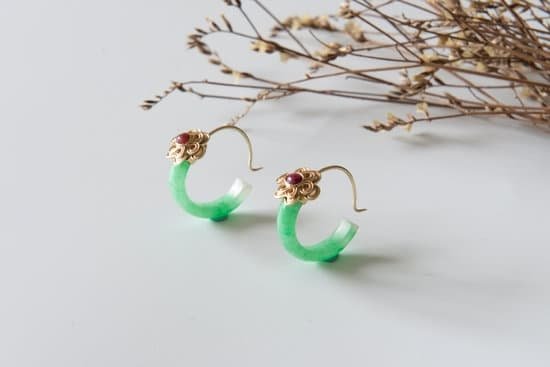Introduction
Changing internal threaded jewelry is a simple task that can be done in just a few minutes to give you the look you desire. This guide will take you through the different steps necessary to change either the beads, charms, or attachments on your internal threaded jewelry. With some patience and careful attention, anyone can learn how to change their own internal threaded jewelry for a more personalized look.
Step 1: Gather Supplies
The supplies needed to make this job easier are minimal. All you need are two flat nose pliers, some toothpicks or tweezers (optional), and possibly lubricant (such as Jo-Jo Oil) depending on how tight the parts of your jewelry have become over time.
Step 2: Unscrew Components of Your Jewelry
Using the flat nose pliers, gently unscrew each component of your internal thread from the core until it is loose enough to pull apart with hands. If it becomes difficult and starts resisting turning, use a few drops of lubricant at the connection point between components. This should help break up any grime that has built up in this area and make them easier to turn. After each component has been removed from the core, place it aside for reassembly later on.
Step 3: Remove Any Residual Grime or Dirt
Now that all external components have been successfully unscrewed from the core base half of your internal threaded jewelry piece, use a toothpick or tweezer if necessary to clear out any dirt or grime build-up in between grooves on both sides before proceeding with assembly of new components once more. Cleanliness is an important factor when making sure there’s a secure connection after reassembling everything so make sure all areas are free from obstructions if possible!
Step 4: Reassemble New Components or Pieces On To The Core
Finally, take new pieces such as beads and/or charms, place them onto the core base half carefully before screwing back into place with flat nose pliers just like before. Tighten every piece back into its original placement by turning clockwise making sure not to overtighten since this may damage underlying threads in long run! Once everything has been reassembled properly it’s time for one more check using finger pressure against each joint––if nothing comes loose then congratulations! Your internal threaded jewelry piece is now ready for its new look!
Selecting the Right Tools for Changing Internal Threaded Jewelry
When it comes to changing internal threaded jewelry, the right tools will make a huge difference in how quickly and easily the task is accomplished. Before beginning, it’s important to select the appropriate tools for the type of jewelry being changed. Typically, this includes a pair of pliers with a flat head. If the jewelry is made from more delicate metals like gold or silver, a nylon-jaw plier may be necessary to avoid scratching or damaging the metal. Other essential tools include wire cutters, needle nose pliers, and threading needles that can be used to grab and tightly secure affixed threads. With these tools at hand, changing internal threaded jewelry no longer has to be a challenge.
Detailed Instructions for Removing Internal Threaded Jewelry
1. Acquire Threadless Jewelry Accessories: In order to change your internally threaded jewelry you will need threadless jewelry accessories, such as threadless converter or a ball removal tool.
2. Gather gloves and safety goggles: Make sure that you put on the protective gloves and safety goggles before you start the process of changing your internal threaded jewelry, otherwise you risk injuring yourself with sharp edges.
3. Place all items on a dry, soft surface: Prepare a clean, soft surface where you can place all your materials and parts, so they do not get scratched or hit each other when changing the piercing jewelry pieces.
4. Remove the internal threaded jewelry pieces: Carefully unscrew the internal threaded jewelry pieces from each other and remove it from your body piercing carefully. If necessary, use lubricant oil to facilitate this step if needed.
5 . Attach new threadless barbells/jewelry pieces: With the help of a threadless converter or ball removal tool insert the new barbells/jewelry pieces into one side and then attach it to the other side using secure connections for better stability. Once both sides are secured it is ready for wearing!
Practical Tips for Easily Securing Internal Threaded Jewelry
Changing internally threaded jewelry can often be a challenging process if one does not have the right tools. To begin, one must use proper jewelry pliers to unscrew the backings of internally threaded barbells, labrets, nose rings and more. If these pliers are not available to you, small tweezers may work as well. Once you have removed the backing piece from the internal threading, it is time to insert your new piece as desired. Carefully lower and twist the post into place with great care and caution. Pay attention to any resistance against the post being inserted or twisting into place. This could mean that something is misaligned or incorrect with how you are screwing in your new jewelry piece. Once your new piece has been screwed securely in place, make sure that your handiwork is safe by giving another little twist before letting go of it completely. This will guarantee that no part of your jewelry can slip or fall off unexpectedly while worn due to improper closure after changing the internal threading design.
Avoiding Common Issues When Working with Internal Threaded Jewelry
One of the most common issues when working with internally threaded jewelry is unthreading. This can happen due to age, poor maintenance, or simply not having the proper tools needed to tighten it securely. If your jewelry starts to come off, it is important to stop using it and inspect the threads for any damage. It is also important to use a lubricant on the threads before attempting to rethread it; this will ensure that no excessive force is used when manipulating the threads and will make the process much easier. Additionally, having the right kind of tool is essential when dealing with internal threaded jewelry – a pair of small pliers with delicate heads would be ideal for this purpose. Lastly, take your time and do not twist too hard; otherwise you might end up damaging the piece or making it harder to thread in the future. By taking these precautions you can help avoid any unnecessary issues when working with internal threaded jewelry.
Summary
Changing internally threaded jewelry is beneficial for those looking to change their look without having to go through a lengthy removal process. This type of jewelry is ideal for anyone who wants to pull off different looks quickly and easily, whether it’s with a new necklace or earring set. Internal threading allows you to unscrew the design from the clasp and remove it whenever you’re ready for a new look. Additionally, with internal threaded jewelry, there is no need for hefty pliers or metal bending tools in order to remove the attachment because the internal threads are designed specifically to do the job fast. Not only does this save time, but it also reduces any potential damage that could occur when used by amateur jewelry designers. With an internal threaded closure, you can conveniently switch your old accessories with new ones in just a few easy steps!

Welcome to my jewelry blog! My name is Sarah and I am the owner of this blog.
I love making jewelry and sharing my creations with others.
So whether you’re someone who loves wearing jewelry yourself or simply enjoys learning about it, be sure to check out my blog for insightful posts on everything related to this exciting topic!





